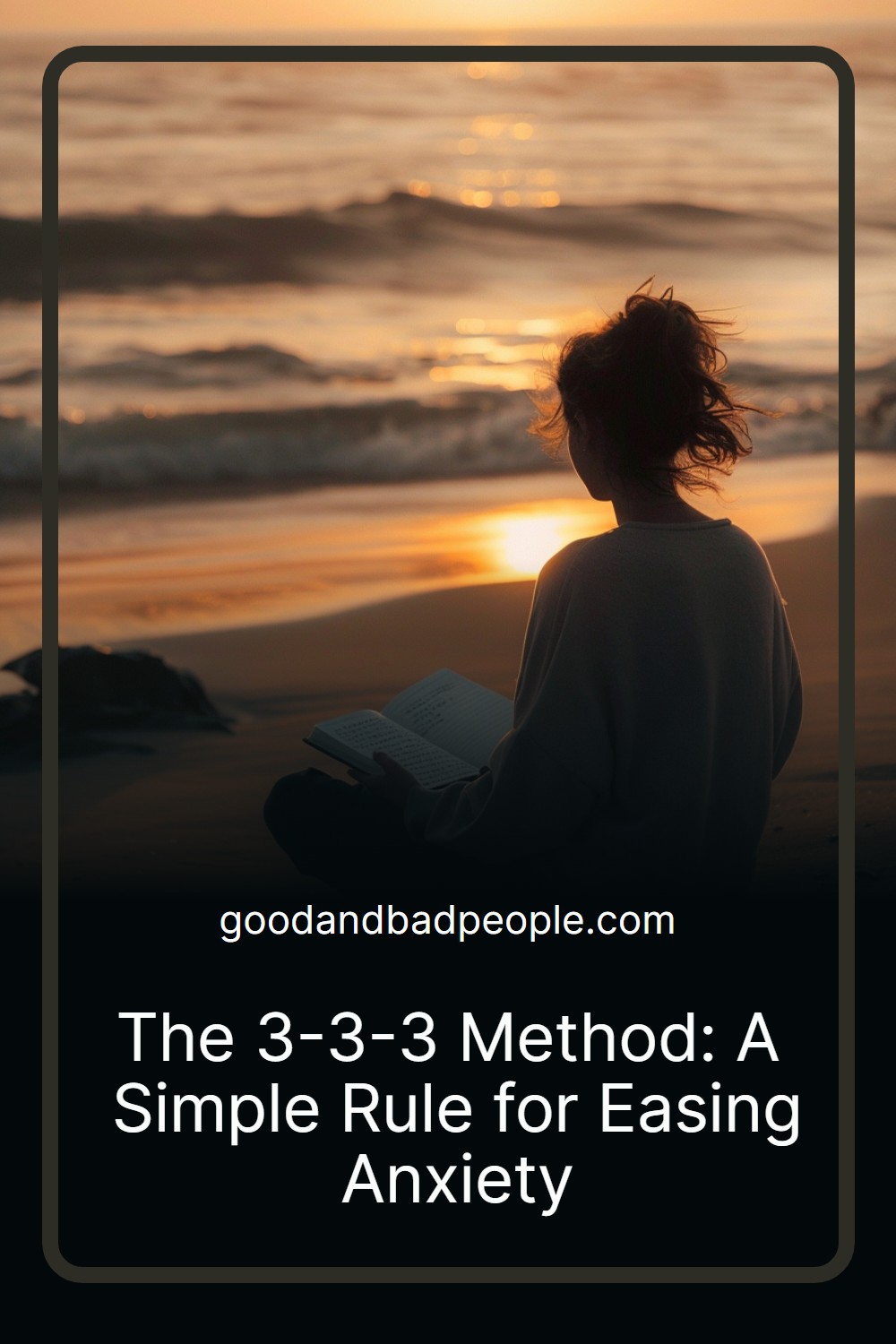The 3-3-3 Method: A Simple Rule for Easing Anxiety
In today’s fast-paced world, many of us experience moments of stress and anxiety. Whether it’s due to work pressures, personal challenges, or the general uncertainties of life, finding effective ways to manage anxiety is crucial for maintaining mental well-being. One powerful technique that has gained popularity for its simplicity and effectiveness is the 3-3-3 Method.
What is the 3-3-3 Method?
The 3-3-3 Method is a straightforward approach designed to quickly calm anxiety and regain a sense of control. It involves three simple steps, each focusing on different aspects of your surroundings and your body’s response to anxiety.
Step 1: Acknowledge
The first step of the 3-3-3 Method is to acknowledge three things around you. These could be objects, sounds, or sensations that you notice in your immediate environment. For example, you might observe the sound of birds chirping outside your window, the feeling of your feet touching the ground, or the sight of a calming painting on your wall. This step helps to ground you in the present moment and shifts your focus away from anxious thoughts.
Step 2: Align
Next, align yourself with three parts of your body. Start by noticing your breath—take three deep, intentional breaths, focusing on the sensation of the air entering and leaving your lungs. Then, consciously relax three different parts of your body that may be holding tension, such as your shoulders, jaw, or hands. This step encourages physical relaxation, which in turn can alleviate some of the physical symptoms of anxiety.
Step 3: Appreciate
Finally, appreciate three things about yourself or your current situation. This could involve acknowledging your strengths, achievements, or simply being grateful for the present moment. By cultivating a positive mindset and recognizing your own resilience, you can shift your perspective away from anxious thoughts towards feelings of self-assurance and calm.
Why Does the 3-3-3 Method Work?
The effectiveness of the 3-3-3 Method lies in its ability to engage both mind and body in a structured yet flexible way. Here are some key reasons why this method is beneficial for easing anxiety:
Mindfulness: By focusing on specific details of your environment and bodily sensations, the method promotes mindfulness—the practice of being fully present in the moment without judgment.
Grounding Technique: Acknowledging your surroundings and bodily experiences grounds you in reality and helps to break the cycle of anxious thoughts that often center on future uncertainties or past regrets.
Physical Relaxation: Deep breathing and relaxing tense muscles activate the body’s relaxation response, reducing the physiological symptoms of anxiety such as rapid heartbeat or shallow breathing.
Positive Reinforcement: The appreciation step fosters a sense of self-worth and positivity, which can counteract feelings of inadequacy or self-doubt that often accompany anxiety.
Incorporating the 3-3-3 Method into Your Routine
Integrating the 3-3-3 Method into your daily routine can be a powerful way to manage anxiety proactively. Here are some tips for incorporating this technique into your life:
Practice Regularly: Set aside a few minutes each day to practice the 3-3-3 Method, even when you’re not feeling particularly anxious. This helps to familiarize yourself with the technique so that you can use it more effectively during moments of heightened anxiety.
Customize as Needed: Adapt the method to suit your preferences and circumstances. You may find it helpful to adjust the number of things you acknowledge or parts of your body you relax based on what feels most comfortable and effective for you.
Combine with Other Techniques: Use the 3-3-3 Method alongside other anxiety management strategies such as deep breathing exercises, mindfulness meditation, or physical activities like yoga or walking.
Final Thoughts
The 3-3-3 Method offers a practical and accessible tool for anyone seeking relief from anxiety. Whether you’re experiencing a fleeting moment of stress or navigating more persistent anxiety symptoms, this simple yet profound technique can help you regain a sense of calm and empowerment. By incorporating mindfulness, physical relaxation, and positive affirmation, the 3-3-3 Method empowers you to take charge of your mental well-being and cultivate a more peaceful state of mind in any situation.
#mind #body #soul






